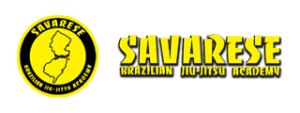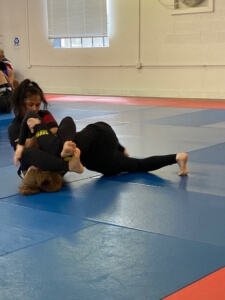Finish a submission in BJJ
Finish a submission in BJJ
When you go to finish a submission in BJJ, in the majority of cases it’s not a fight against the clock. It’s a a fight against movement. When we get into a potential finishing positions, there is a natural tendency among all of use to think that time will be the determining factor behind success or failure. That the faster we do it, the less chance an opponent can defend. In fact, the only case where you must race against time is when there is a set time limit and time is close to expiring. Like a BJJ competition match or a timed MMA fight. In all other cases, here at Savarese BJJ (www.bergencountybjj.com), your prime concern should not be time, but rather, restricting movement. It is movement that will enable to get an opponent out of the move. Set your mind to focus upon control over movement, rather than speed of execution. Stop going 100 miles per hour! I often tell my students this : if you were driving your car through beautiful scenery at 100 mph, would you see the beauty? No. Now drive at 25 mph, would you see it? Slow things down rather than speed things up and soon you will be exhibiting the kind of control necessary to finish high level opponents.

